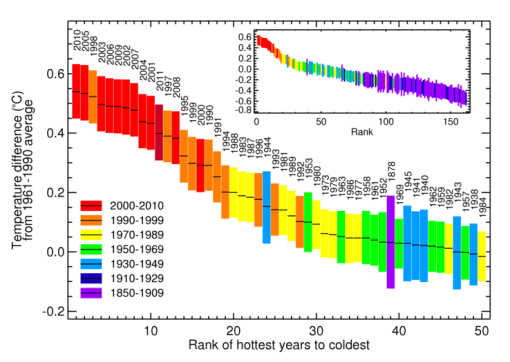Mr. H.
Diamond Member
Here's an interesting drought story...
Drought May Have Killed Sumerian Language - Yahoo! News
SAN FRANCISCO — A 200-year-long drought 4,200 years ago may have killed off the ancient Sumerian language, one geologist says.
Because no written accounts explicitly mention drought as the reason for the Sumerian demise, the conclusions rely on indirect clues. But several pieces of archaeological and geological evidence tie the gradual decline of the Sumerian civilization to a drought.
Drought May Have Killed Sumerian Language - Yahoo! News
SAN FRANCISCO — A 200-year-long drought 4,200 years ago may have killed off the ancient Sumerian language, one geologist says.
Because no written accounts explicitly mention drought as the reason for the Sumerian demise, the conclusions rely on indirect clues. But several pieces of archaeological and geological evidence tie the gradual decline of the Sumerian civilization to a drought.



